For product information and pricing, Chat with sales agent:
or email us : sales@clirik.com
Click links below to see related products.

Processing diatomite powder involves several steps, as diatomite is a naturally occurring, soft, siliceous sedimentary rock composed of the fossilized remains of diatoms.
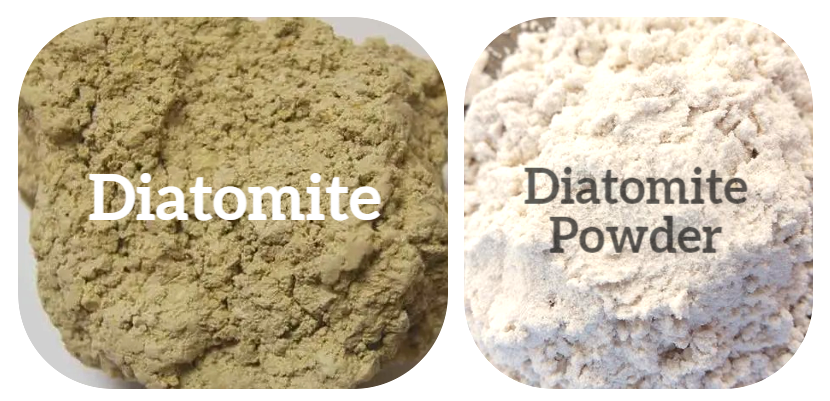
l Location Identification: Diatomite deposits are typically found in ancient lake beds. Geological surveys and exploration are conducted to identify suitable mining locations.
l Extraction: Once a suitable deposit is identified, mining operations are initiated to extract diatomite ore from the ground. This can involve the use of heavy machinery and equipment.
l Ore Preparation: The mined diatomite ore is transported to a processing facility. Before crushing and grinding, the ore may undergo preliminary preparation, such as removal of overburden or unwanted materials.
l Primary Crushing: The diatomite ore is initially crushed into smaller pieces using primary crushers. Jaw crushers or gyratory crushers may be employed for this purpose.
l Secondary Crushing: After primary crushing, secondary crushers may be used to further reduce the size of the diatomite particles. This step is crucial for achieving the desired particle size for subsequent processing.
l Grinding Mills: The crushed diatomite is then ground into a fine powder using grinding mills. Various types of mills can be employed, such as ball mills, rod mills, or vertical roller mills. The choice of the mill depends on factors such as the hardness of the ore and the desired particle size distribution.
l Size Classification: The ground diatomite powder may undergo size classification to separate particles of different sizes. This step ensures that the final product has a uniform particle size.
l Moisture Reduction: The ground diatomite powder contains moisture from the crushing and grinding process. To reduce moisture content, the powder is subjected to drying methods, such as rotary dryers. Drying is essential for maintaining the quality of the diatomite product.
l High-Temperature Treatment: In some cases, diatomite may undergo calcination, a process involving heating to high temperatures. Calcination can modify the physical and chemical properties of the diatomite, making it suitable for specific applications.
l Particle Size Classification: The diatomite powder may be classified to remove impurities and achieve a consistent particle size distribution.
l Purification: Additional purification steps may be employed to meet specific quality standards. This can involve processes such as magnetic separation or chemical treatments.
l Final Product Packaging: The processed diatomite powder is packaged for distribution and use. Packaging is done under controlled conditions to prevent contamination and maintain product quality.
Each step in the process is crucial to ensure the final diatomite powder meets the required specifications for its intended applications in industries such as filtration, agriculture, construction, and more.
Diatomite grinding mills play a crucial role in the processing of diatomite ore into fine powder. Different types of grinding mills are used to achieve the desired particle size distribution and other properties for various industrial applications. Here are some common types of grinding mills used in diatomite processing:
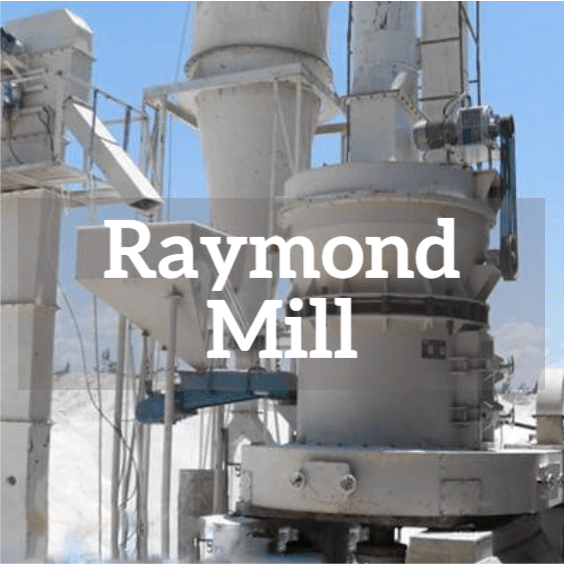
Raymond mills have a vertical structure with a central shaft and rotating grinding rollers. Material is fed into the mill and is ground between the rollers and the grinding ring.
Raymond mills are widely used in the grinding of diatomite and other non-metallic minerals. They are known for their reliability and low maintenance.
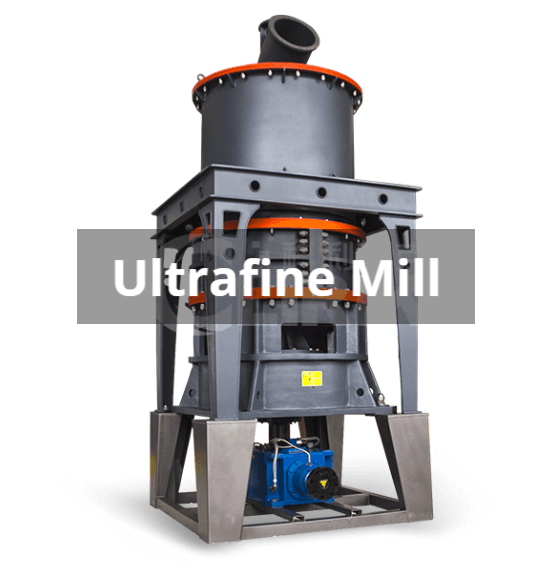
Ultrafine grinding mills, such as jet mills and stirred media mills, operate at high speeds to achieve very fine particle sizes. They use various mechanisms, including air classification and impact.
Ultrafine grinding mills are suitable for producing extremely fine diatomite powder, often used in high-tech applications and advanced materials.
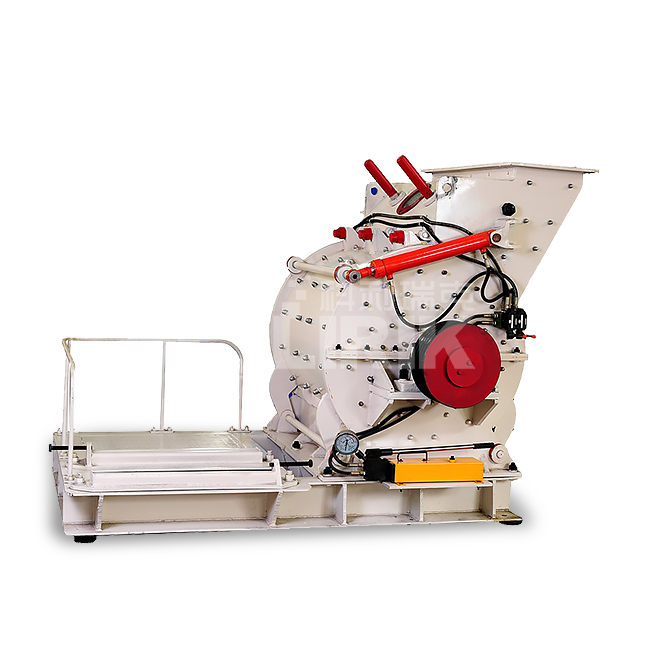
Hammer mills consist of rotating hammers that impact the material. The size of the final product is determined by the size of the openings in the screen covering the mill's discharge.
Hammer mills are used for both primary and secondary grinding stages in diatomite processing. They are effective for producing coarser particle sizes.
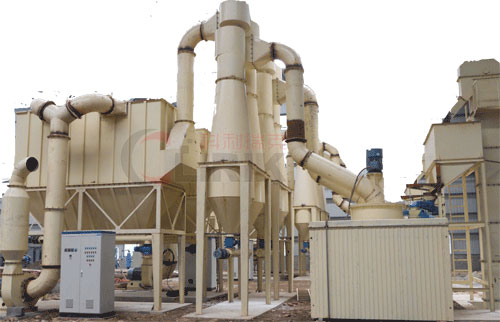
Micro powder grinding mills operate on the principles of impact, compression, and attrition. They are designed to produce fine and ultrafine powders.
Micro powder grinding mills are suitable for diatomite grinding when a very fine powder is required, and they are often used in pharmaceutical and cosmetic industries.
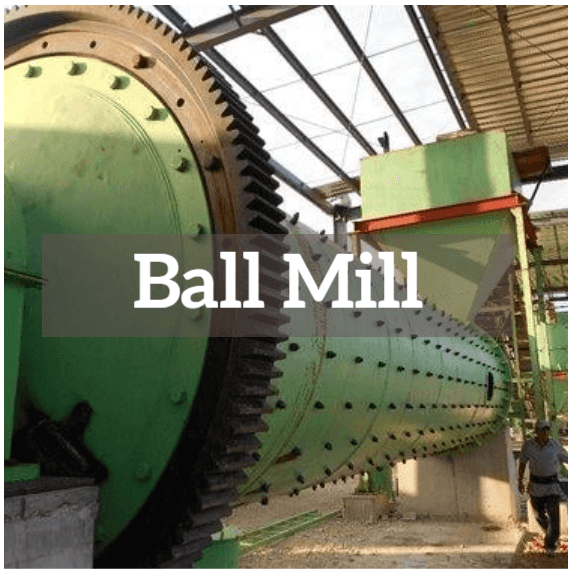
Ball mills consist of a rotating cylinder filled with steel or ceramic balls. The material to be ground is loaded into the cylinder, and the balls impact and grind the material to achieve the desired particle size.
Ball mills are versatile and commonly used in mineral processing, including diatomite grinding. They are suitable for both wet and dry grinding.
